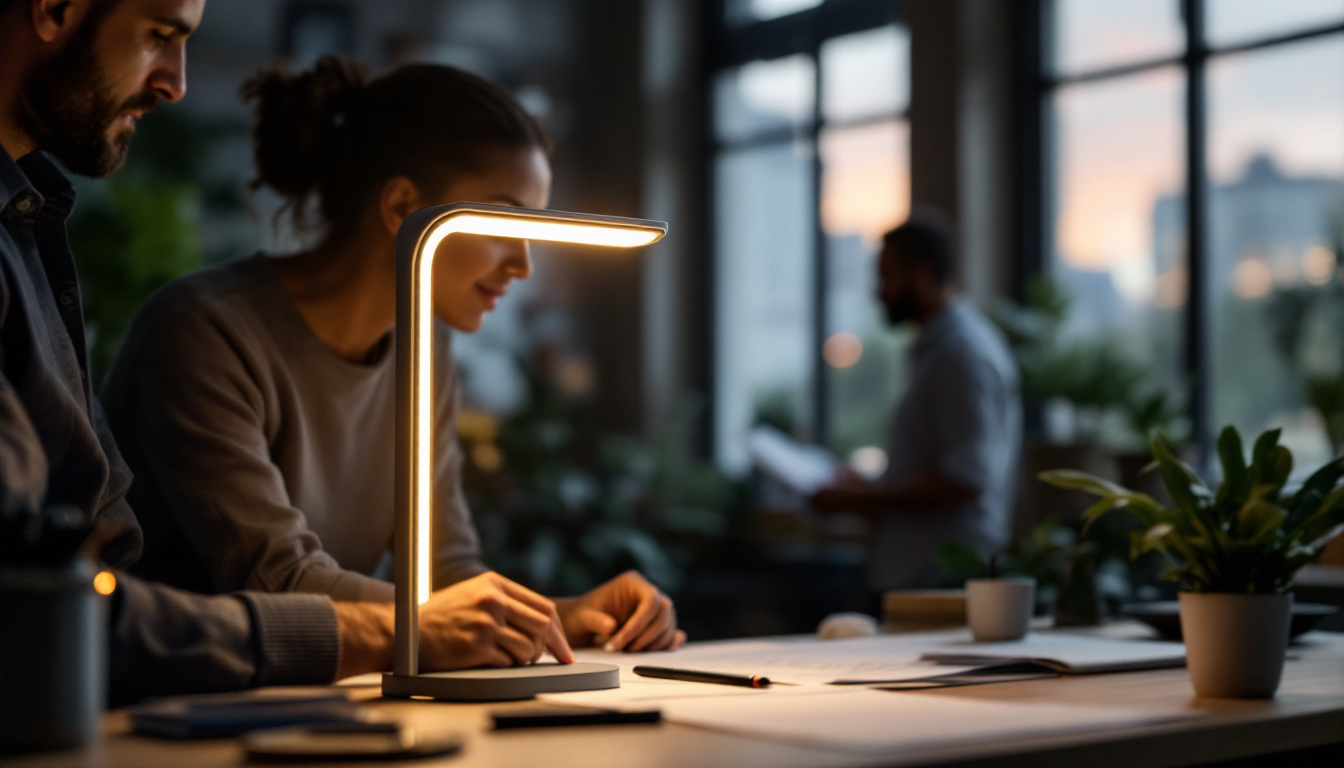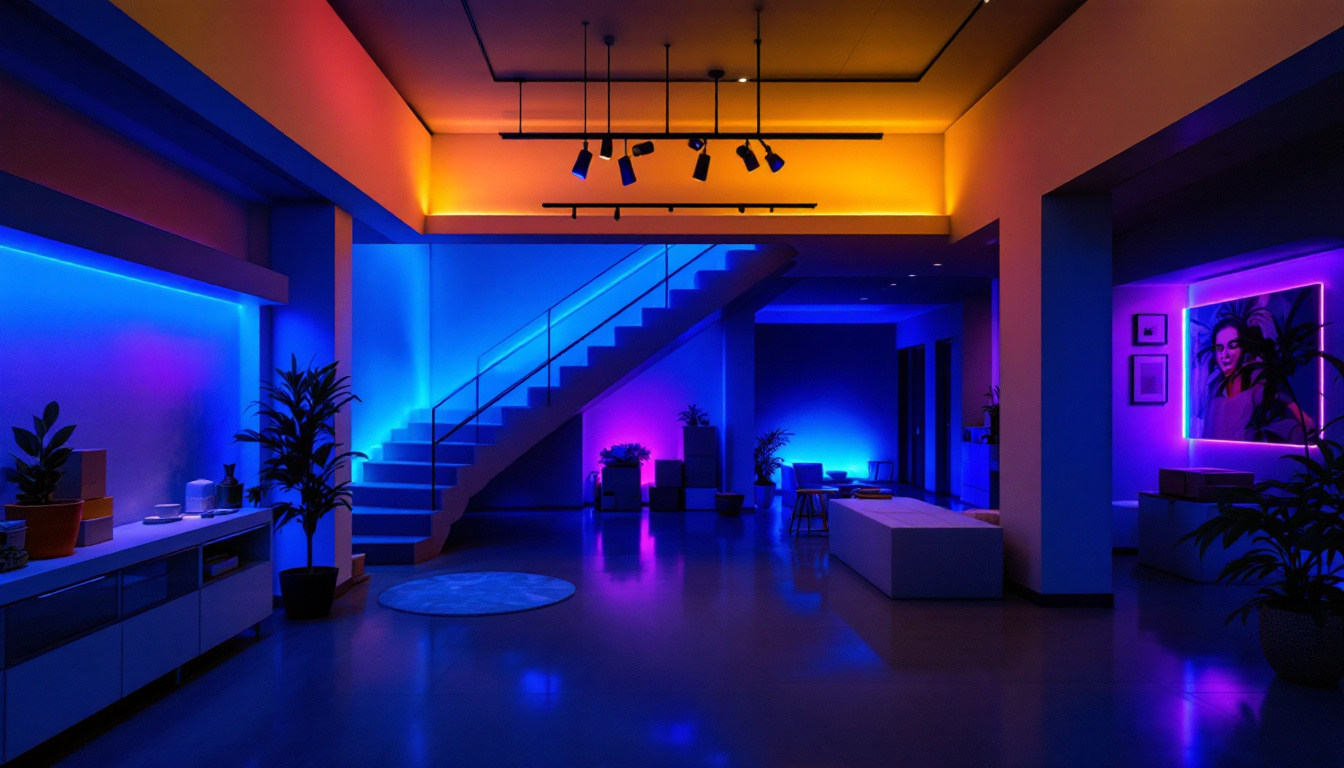
As the demand for energy-efficient and aesthetically pleasing lighting solutions continues to rise, recessed bulbs have become a staple in modern lighting design. For lighting contractors, understanding the intricacies of recessed lighting can lead to enhanced client satisfaction and increased project efficiency. This article explores innovative hacks and tips specifically tailored for smart lighting contractors looking to optimize their recessed bulb installations.
Recessed lighting, often referred to as can lighting or downlighting, involves fixtures that are installed into the ceiling, providing a clean and streamlined look. This type of lighting is versatile and can be used in various settings, from residential homes to commercial spaces. The key to successful recessed lighting lies in understanding the different types of bulbs, fixtures, and installation techniques.
There are several types of recessed bulbs available, each with its unique characteristics and benefits. The most common types include incandescent, LED, and CFL bulbs. Incandescent bulbs provide warm light but are less energy-efficient. LED bulbs, on the other hand, have gained popularity due to their longevity and energy efficiency. CFL bulbs offer a middle ground, providing decent energy savings while still being relatively affordable.
When selecting recessed bulbs, it is essential to consider the color temperature, measured in Kelvin. Warmer light (around 2700K) is ideal for cozy spaces, while cooler light (above 4000K) is better suited for work areas. Understanding these nuances helps contractors make informed choices that align with their clients’ preferences. Furthermore, the brightness of the bulbs, measured in lumens, also plays a crucial role in achieving the desired ambiance. For instance, a higher lumen output is preferable in kitchens and bathrooms where visibility is paramount, while softer lighting can be used in living rooms to create a more relaxed atmosphere.
Recessed lighting offers a range of benefits that make it an appealing choice for contractors and clients alike. One of the primary advantages is its ability to create a clean, unobtrusive look. By eliminating bulky fixtures, recessed lighting allows for a seamless design that enhances the overall aesthetics of a space.
Additionally, recessed lighting can be strategically placed to highlight specific areas or features within a room, such as artwork or architectural elements. This versatility allows contractors to create customized lighting solutions tailored to the unique needs of each project. Moreover, the ability to dim recessed lights adds another layer of flexibility, enabling users to adjust the lighting according to the time of day or the mood they wish to create. This feature is particularly beneficial in multi-functional spaces where activities can range from hosting dinner parties to enjoying a quiet evening at home. Furthermore, with advancements in smart home technology, recessed lighting can now be integrated with home automation systems, allowing for remote control and scheduling, which enhances convenience and energy management.
Efficient installation is crucial for lighting contractors looking to streamline their workflow and ensure high-quality results. Implementing a few strategic hacks can significantly improve the installation process for recessed bulbs.
Before starting any installation, it is essential to pre-plan the layout of the recessed lights. This involves determining the optimal spacing and placement based on the room’s dimensions and purpose. A general rule of thumb is to space recessed lights about 4 to 6 feet apart, depending on the height of the ceiling and the desired brightness.
Using a laser level can help ensure precise alignment and spacing. Marking the locations on the ceiling with a pencil provides a visual guide during installation, reducing the chances of errors and ensuring a polished final look. Additionally, considering the room’s natural light sources and furniture placement can help maximize the effectiveness of the recessed lighting. For instance, in a living room, you might want to focus on illuminating artwork or architectural features, while in a kitchen, task lighting over countertops should be prioritized.
Creating cutouts for recessed fixtures can be a tedious task, but using templates can simplify the process. Contractors can create a template out of cardboard or plywood that matches the size of the recessed light. This template can then be used to mark the ceiling accurately, ensuring consistent and clean cutouts.
Additionally, using a drywall saw or a hole saw attachment on a drill can expedite the cutting process, allowing for quicker installations without compromising quality. It’s also beneficial to have a vacuum or dust collection system on hand to minimize mess during cutting. This not only keeps the workspace tidy but also reduces cleanup time significantly, allowing contractors to move on to the next phase of the project more efficiently.
Wiring recessed lights can be challenging, especially in tight spaces. To make this process smoother, contractors should consider using flexible conduit or low-voltage wiring systems. These options can simplify installation and make it easier to navigate around obstacles.
Labeling wires clearly can also prevent confusion during installation and troubleshooting. Using color-coded labels or tape can help contractors quickly identify which wires correspond to each fixture, saving time and reducing the likelihood of mistakes. Furthermore, keeping a wire management system in place, such as using cable ties or clips, can help maintain organization throughout the installation process. This not only enhances safety by reducing the risk of tripping hazards but also aids in future maintenance or upgrades, making it easier to access the wiring when needed.
As technology continues to evolve, integrating smart lighting solutions into recessed installations has become increasingly popular. Smart recessed bulbs offer features such as remote control, dimming capabilities, and color-changing options, providing clients with greater flexibility and control over their lighting.
When selecting smart recessed bulbs, it is crucial to ensure compatibility with the existing fixtures and the smart home ecosystem. Many smart bulbs are designed to work with specific hubs or platforms, so contractors should verify compatibility before making a purchase.
Additionally, considering the brightness and color temperature options available in smart bulbs can help contractors provide tailored solutions that meet their clients’ needs. Offering a variety of options allows clients to choose the perfect ambiance for their space.
The installation process for smart lighting systems can vary depending on the technology used. Many smart recessed bulbs simply require a standard socket, making installation straightforward. However, for more advanced systems that involve hubs or controllers, contractors should follow the manufacturer’s guidelines closely.
Testing the system after installation is essential to ensure everything functions as intended. This includes checking the connectivity of smart bulbs to the network and verifying that remote controls or apps operate correctly.
Beyond functionality, recessed lighting can significantly enhance the aesthetics of a space. By strategically placing recessed bulbs, contractors can create visually appealing environments that elevate the overall design.
Accent lighting is a powerful tool in design, and recessed lighting can be used to highlight specific features within a room. For example, placing recessed lights above artwork or architectural elements can draw attention to these focal points, creating a sense of depth and interest.
Using adjustable fixtures can also enhance accent lighting techniques. These fixtures allow contractors to direct the light precisely where it is needed, providing flexibility in design and ensuring that the desired features are effectively highlighted.
Layering different types of lighting is essential for creating a well-balanced and inviting atmosphere. Combining recessed lighting with other light sources, such as pendant lights or wall sconces, can add depth and dimension to a space.
Contractors should consider the overall lighting scheme when planning recessed installations. By incorporating various light sources, they can create a harmonious blend that enhances the functionality and aesthetics of the room.
Even the best installations may require maintenance or troubleshooting over time. Understanding common issues and their solutions can help contractors provide excellent service to their clients.
Flickering recessed lights can be a source of frustration for clients. This issue may stem from several causes, including loose connections, incompatible dimmer switches, or faulty bulbs. Contractors should first check the connections to ensure they are secure and tight.
If the connections are intact, testing the bulbs in a different fixture can help identify whether the bulb itself is the problem. Additionally, ensuring that the dimmer switch is compatible with the type of bulb being used can prevent flickering issues.
Regular maintenance is essential for keeping recessed lighting looking its best. Dust and debris can accumulate on the fixtures, affecting their performance and appearance. Contractors should advise clients to clean the fixtures periodically using a soft, dry cloth to avoid scratching the surface.
For more thorough cleaning, clients can use a damp cloth with mild soap, ensuring the fixtures are turned off and cooled down before cleaning. Regular maintenance not only improves aesthetics but also extends the lifespan of the recessed lighting system.
Recessed lighting offers a wealth of opportunities for lighting contractors to enhance their projects and satisfy clients. By understanding the various types of recessed bulbs, implementing efficient installation hacks, integrating smart technology, and focusing on aesthetics, contractors can elevate their work to new heights.
As the industry continues to evolve, staying informed about the latest trends and technologies will be crucial for success. By applying the tips and techniques outlined in this article, lighting contractors can position themselves as experts in recessed lighting, ensuring they meet the diverse needs of their clients while delivering exceptional results.
Ready to take your lighting projects to the next level? At LumenWholesale, we provide smart lighting contractors like you with the highest quality, spec-grade recessed bulbs and lighting products at unbeatable wholesale prices. Say goodbye to local distributor markups and hello to superior lighting solutions that meet the strictest industry standards. With our hassle-free bulk buying and free shipping, you can stock up on premium lighting without worrying about hidden fees or compromises. Elevate your installations with the perfect blend of quality, affordability, and convenience. Visit LumenWholesale now for Wholesale Lighting at the Best Value and make every project shine.

Discover effective strategies to educate your team on the installation and maintenance of semi flush mount light fixtures.

Discover the essential insights lighting contractors need to master track lighting installations.

Discover how Type T Lamps can revolutionize your lighting projects and give you a competitive edge in securing more contracts.

Discover why purchasing architectural RGB lighting fixtures in bulk from local distributors might not be the best choice.